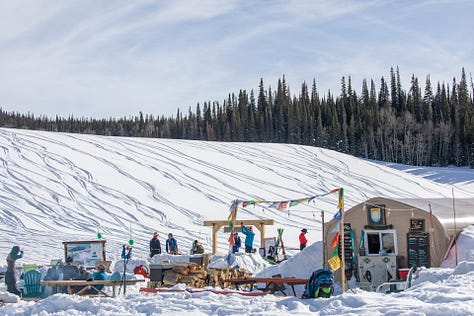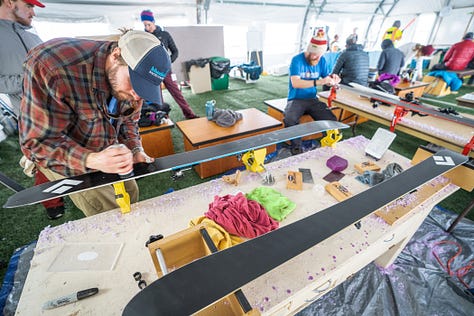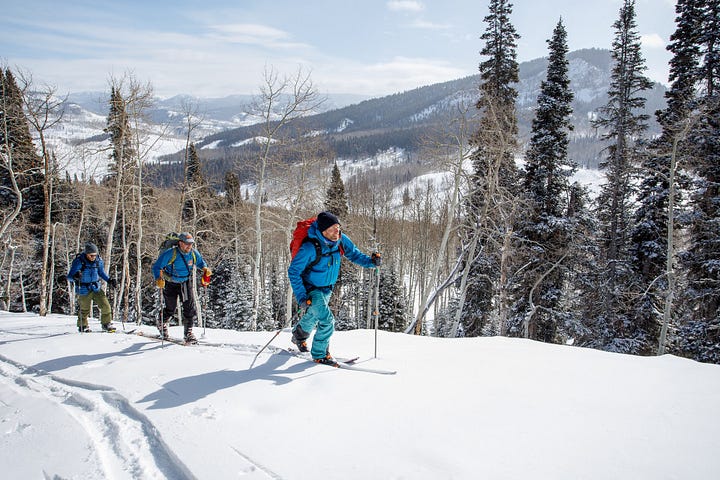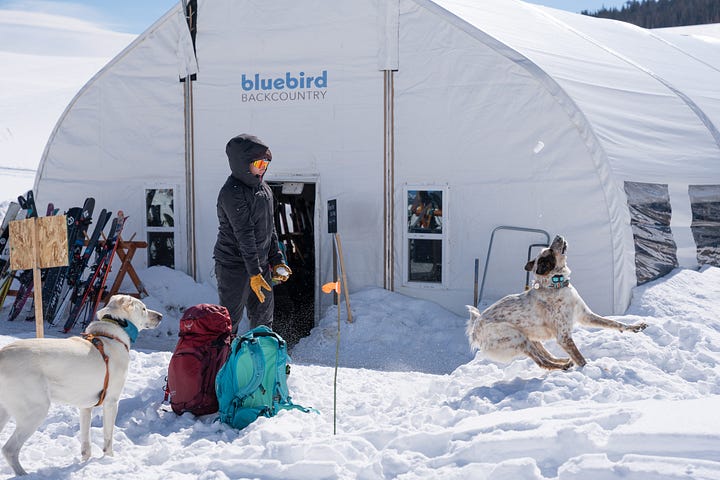Why Did Bluebird Backcountry Fail? Ask The Co-Founder Anything
We’ll record his responses on the ‘Storm Skiing Podcast’
Hi Uphill Bro. I know I don’t usually have much to say to you. But can we be friends? I really do respect what you do, even if I prefer to ski in the proper direction (down). I’m sure that uphilling or whatever you call it is exhilarating, and I know it’s one hell of a workout. There is absolutely a place for you adjacent to the lift-served ski world. I just don’t cover it because I don’t do it and I can’t cover everything.
But for a minute, I covered Bluebird Backcountry, Colorado. The simple, low-footprint, no-lifts ski area appeared to offer an alternative to the mechanized gutting of the wilderness that is typically necessary to build new ski areas. I thought “well we could have a bunch more of these without upsetting the Pinecone Police.”
The ski area didn’t last, and I haven’t written about Bluebird other than in passing since its 2023 closure.
But I’ve remained curious about it. So when co-founder Erik Lambert told me he was ready to talk, I was all in. But he didn’t just want my questions – he wants to hear from the Bluebird community. Tell Erik what you want to know, and we’ll answer as many of your questions as we can in a future Storm Skiing Podcast. Here, in his words:
A note from Bluebird Backcountry, Colorado co-founder Erik Lambert
In 2020, we launched Bluebird Backcountry. Set on a mountain ranch near Steamboat, Bluebird was a grand experiment in what "inbounds backcountry skiing" could be.
Our aim was to combine the best of a patrolled and avalanche-managed ski area with the challenge and satisfaction of earning your turns.
Bluebird was communal, uplifting, and rewarding for us and our guests. It felt different than anything else in the ski industry — but we failed to make the business model work.
Bluebird closed after three full seasons. This was excruciating for many reasons.
But two years later, I'm ready to tell the story. Ask me anything.









